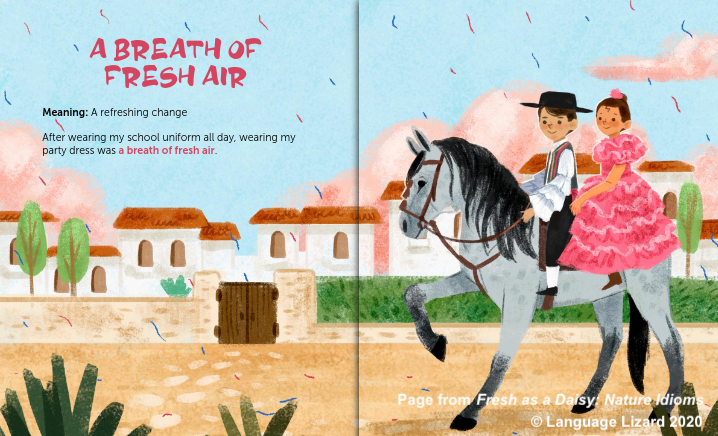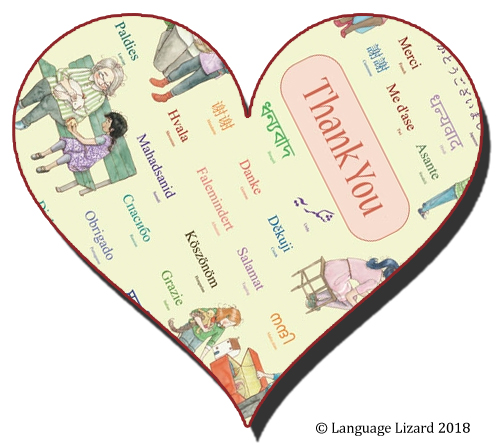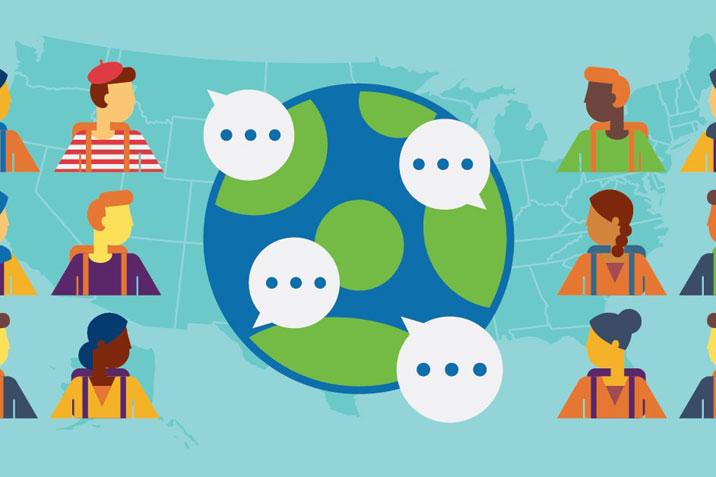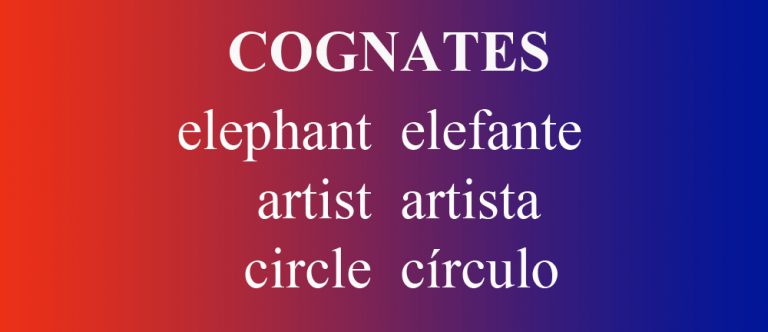We are excited to announce a new series of idiom books, available in many languages. With clever multicultural illustrations and bilingual example sentences, Language Lizard Idiom Books explain common idioms in a way that makes them easy to understand.
What is an Idiom?
An idiom is a phrase that says one thing, but means something different. An idiom can be a quick way of saying something complicated. It’s useful for language learners to study idioms because knowing idioms............. CONTINUE READING
October 15, 2020









